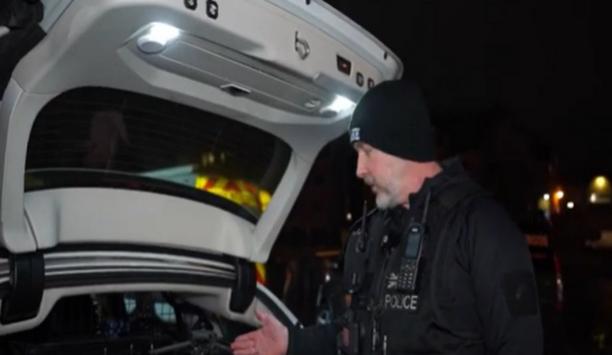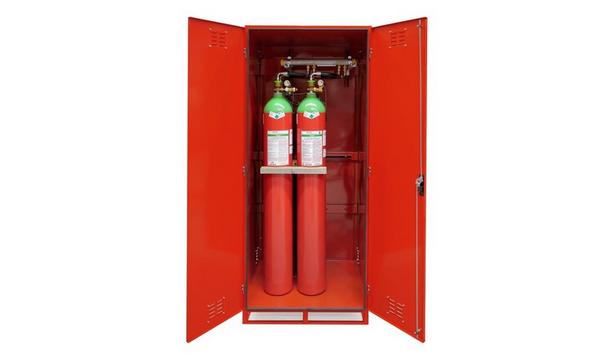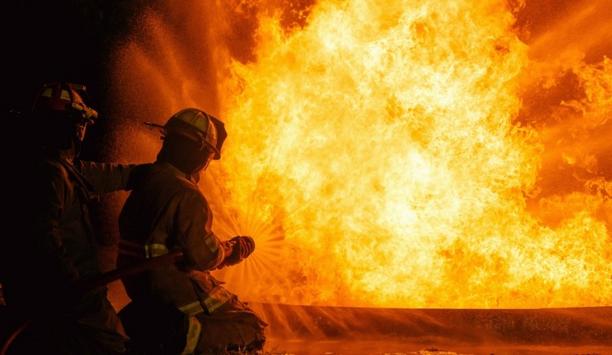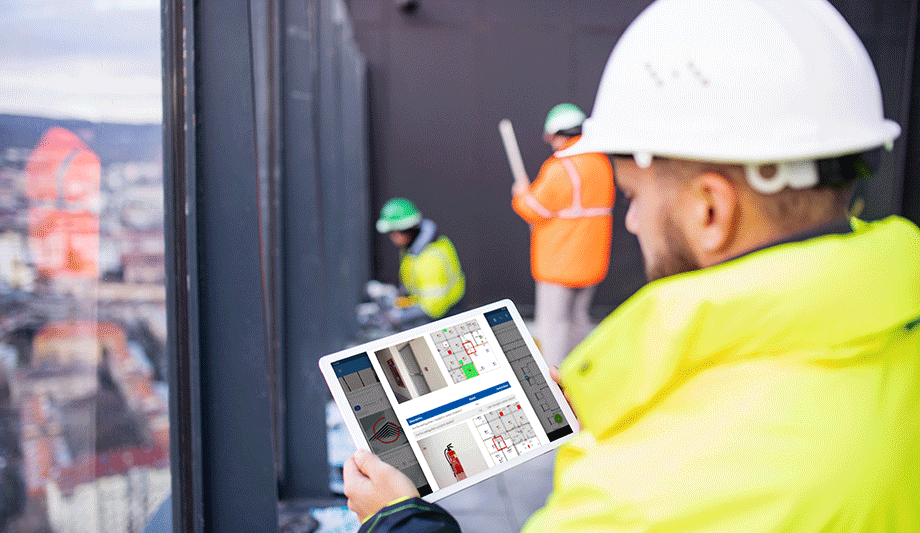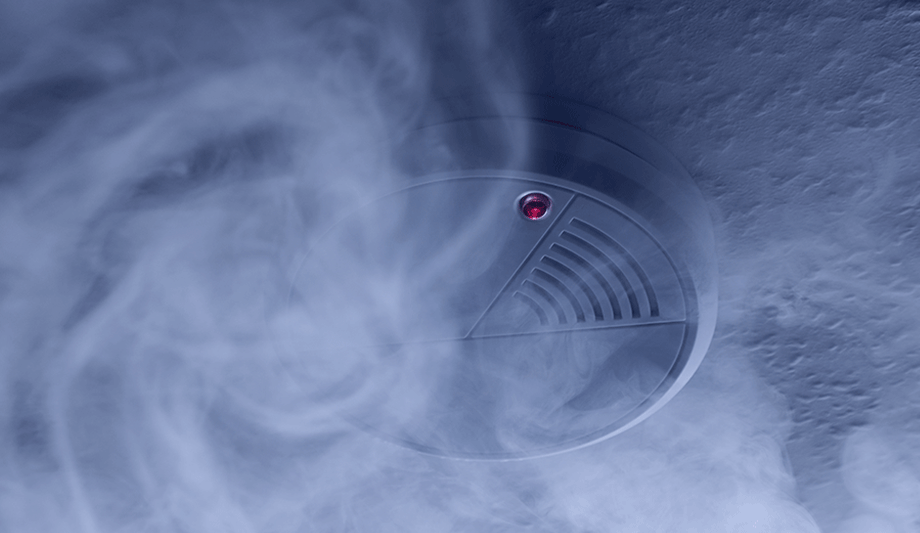 |
| The fourth London safety plan is built on excellent work done by members of London Fire Brigade |
The fourth London safety plan agreed by London Fire and Emergency Planning Authority at its meeting on 18 March is built on excellent work already carried out by the London Fire Brigade's 7,000 staff members.
It proposes new ways of delivering some of its resources to incidents, expands the work of the London local authority co-ordination centre run by the Brigade on behalf of Boroughs and sets challenging new targets for delivering its services.
The Brigade will also strengthen its focus on targeting fire safety work of the buildings mostly at risk from fire and make its fire safety enforcement more widely available, giving owners further opportunity to increase their knowledge of fire safety requirements in their buildings.
Under the plans, four incident support centres and five rescue centres will be created at fire stations across the capital grouping together many of the Brigade's specialist vehicles. Incident support centres planned at Harrow, Kingston, Barking and Beckenham fire stations will group together vehicles such as foam delivery and hose laying lorries while rescue centres based at Edmonton, Heston, Croydon, East Ham and Battersea will contain specialist fire and rescue vehicles and urban search and rescue units, which can be used in a building collapse.
The Fourth plan focusses on fire safety, resources to incidents and work of London local authority coordination centre |
The Brigade also plans to reduce fires in the home by two per cent, in non-domestic property by 10 per cent, cut the number of fires in rubbish by nearly 40 per cent, reduce the number of calls to false alarms caused by faulty equipment by 10 per cent and calls to people shut in lifts by 14 per cent. Even more challenging targets (called stretch targets) for each of these are included in the plan but they may change according to the way the Brigade delivers its services to achieve these.
London Fire Commissioner Ron Dobson said: "We are constantly updating the ways that we provide Londoners with the most effective fire and rescue service. The new centres and targets, combined with an even greater focus on fire safety in buildings are key factors in my plan to improve London's fire and rescue service over the next few years."
